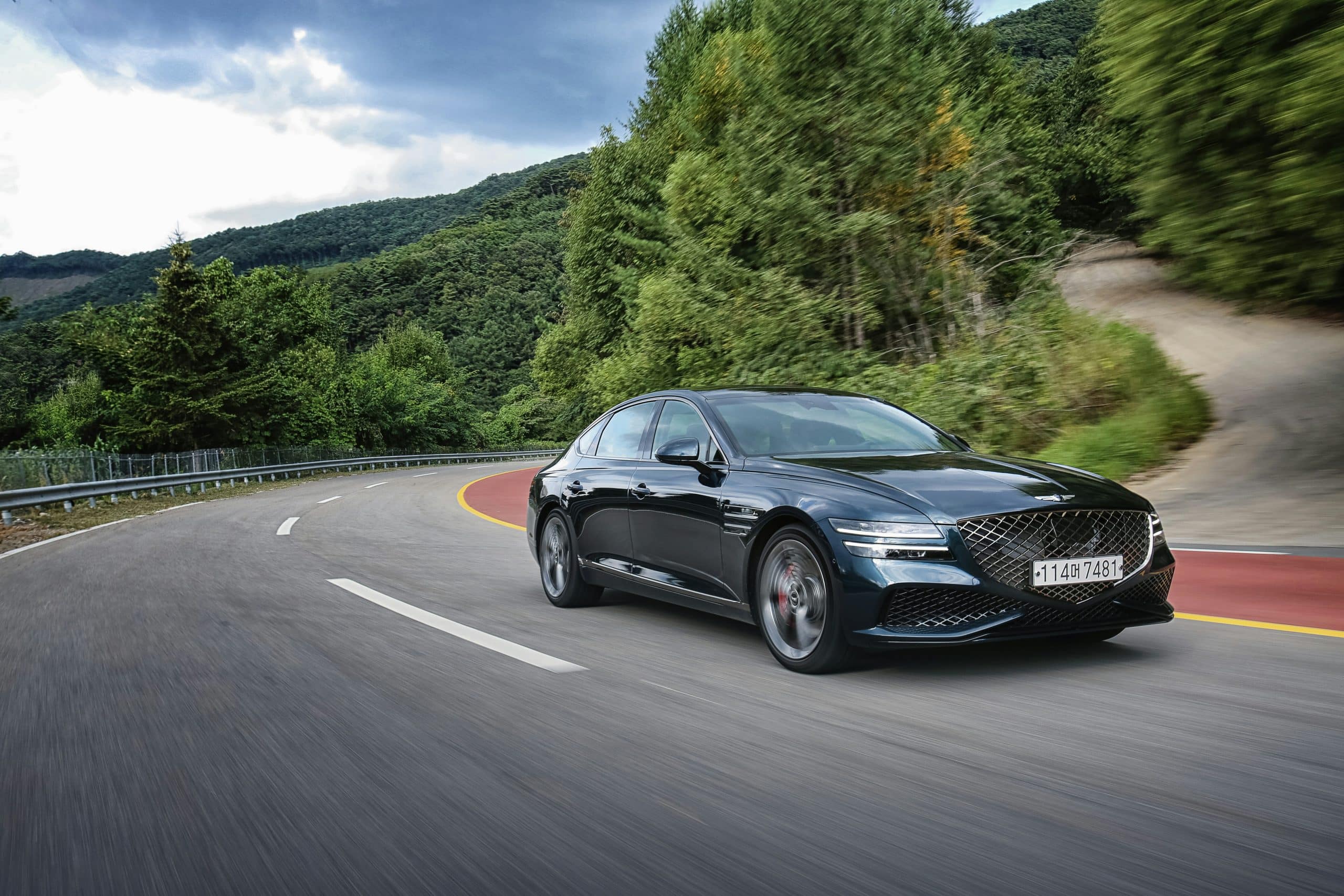If you are looking to improve your car’s performance, you’ve probably come across the notion of upgrading your air box to a high-flow design. The air box is a critical component of your car’s engine intake system, and its role is to filter and regulate the air that enters the engine. Some performance enthusiasts argue that a high-flow air box can offer better engine breathing, leading to more power and improved performance. Let’s delve into this highly debated topic and provide a comprehensive understanding of its underlying mechanics.
Understanding the Role of the Air Box in Your Car’s Engine
The air box in your car’s engine has a fundamental purpose. It protects the engine from debris and dust while ensuring the provision of adequate air for the combustion process. The air intake system is primarily designed to provide clean, cool air, which is necessary for optimal engine performance.
Lire également : What Are the Advantages of Upgrading to LED Tail Lights for Visibility and Style?
Think of your engine as a big air pump. It relies on a specific mixture of air and fuel to generate power. The air intake system is like the engine’s nostrils, allowing it to breathe. The air box regulates this process, ensuring that the engine gets the right amount of air, at the right temperature, and at the right time.
The filter within the air box performs the crucial task of removing any particles and dust from the air before it reaches the engine’s intake valves. If these impurities were to enter the engine, they could cause damage over time, leading to costly repairs and loss of performance.
Dans le meme genre : Can High-Performance Piston Rings Enhance Engine Compression and Efficiency?
The Concept of High-Flow Air Boxes and Their Impact on Engine Performance
A high-flow air box is essentially an upgraded version of a standard air box. It is designed to increase the amount of air that can flow into the engine, hence the term ‘high-flow’. The premise here is that more air equates to better combustion and, therefore, more power.
But is this really the case? To answer this, we need to understand the principle of ‘air density’. Air density refers to the amount of oxygen molecules in a given volume of air. Colder air is denser than warmer air, meaning it contains more oxygen. Therefore, an engine that breathes in denser, cooler air will have a more efficient combustion process, resulting in higher horsepower and torque.
The main advantage of a high-flow air box is that it allows for a greater volume of colder, denser air to reach the engine. Typically, these products feature a larger air filter compared to the stock part and are made from materials that promote more efficient heat dissipation.
How Does Throttle Response and RPM Affect the Air Intake System?
Throttle response and RPM (revolutions per minute) are two key factors that affect the efficiency of your car’s air intake system. The throttle is like the engine’s mouth; it controls when and how much air is allowed into the engine. A quick throttle response can improve acceleration and overall performance.
A high-flow air box may improve throttle response by allowing more air to be available when the throttle valve is opened. This can be especially beneficial at high RPMs, where the engine needs more air to maintain power.
However, it’s important to note that simply adding a high-flow air box isn’t necessarily going to transform your car into a high-performance machine overnight. The overall performance of your car depends on a multitude of factors, including the condition of the exhaust system, the type of fuel used, and the engine’s overall health.
Interplay Between Air Intake System and Exhaust System
The engine’s breathing process involves two key systems: the air intake and the exhaust system. The air intake system brings in fresh air, while the exhaust system expels spent gases. Both systems need to work in harmony to ensure optimal engine performance.
A high-flow air box can improve the quantity and quality of air entering the engine, but if the exhaust system is not equally efficient, any potential gains may be cancelled out. An efficient exhaust system promotes the swift removal of exhaust gases, which in turn helps to “pull” more fresh air into the cylinders – a process known as scavenging.
In other words, while a high-flow air box can provide more air for combustion, its benefits will be fully realized only when coupled with a well-tuned exhaust system.
The Final Verdict: Is a High-Flow Air Box Worth It?
While the idea of simply adding a high-flow air box to boost your car’s performance sounds appealing, the reality is a bit more complex. Yes, a high-flow air box can potentially improve engine breathing, throttle response, and power, especially at high RPMs. However, to maximize these benefits, other engine components like the exhaust system also need to be in top shape.
Moreover, each car and engine is unique. What works wonders on one might have negligible effects on another. Ultimately, the best way to determine whether a high-flow air box is right for your car is to consult with a trusted mechanic or performance specialist. They can provide expert advice based on your car’s specific make, model, and condition.
Remember, while modifications like a high-flow air box can indeed enhance performance, they should be considered as part of a broader strategy to optimize your car’s engine system. This will ensure that your car not only performs better but also runs smoothly and efficiently for many years to come.
Optimizing Performance: Induction System and Forced Induction
The induction system of your car, which includes the air box, plays a crucial role in maximizing engine performance. By allowing the engine to receive the optimal amount of air for combustion, the induction system can significantly enhance the power and efficiency of your engine.
In the world of naturally aspirated engines, the induction system relies on atmospheric pressure to draw in air. However, in a forced induction setup, either a turbocharger or supercharger is used to pressurize the air before it enters the engine. This results in a denser air charge, which can significantly boost power output.
The key to getting the most out of a high-flow air box, whether in a naturally aspirated or forced induction setup, lies in its interplay with other components of the induction system. This includes the throttle body, intake manifold and intake valve.
The throttle body regulates the amount of air that can enter the engine, while the intake manifold distributes this air to the individual cylinders. The intake valve, on the other hand, controls when this air enters the cylinder head for combustion. A well-tuned and efficient induction system, therefore, can amplify the benefits of a high-flow air box by enabling better air-fuel mixing, thereby enhancing combustion and performance.
To sum up, a high-flow air box can work well with both naturally aspirated and forced induction systems, provided the other components of the induction system are equally efficient and well-maintained.
Choosing the Right Air Filters and Air Intakes for Your Car
When it comes to optimizing your car’s air intake system, the choice of air filters and air intakes can make a big difference. High-quality air filters can efficiently trap dirt and debris without restricting air flow, thereby protecting your engine without compromising its breathing.
Apart from the regular paper air filters, there are performance air filters made from materials like cotton or foam. These are designed to offer superior filtration while promoting better airflow into the engine. More importantly, they can be washed and reused, making them a cost-effective solution in the long run.
On the other hand, performance air intakes, including those with a high-flow air box, are designed to replace the restrictive factory intake system. They usually feature a larger, free-flowing air filter and a smoother, less restrictive intake tube.
In conclusion, when aiming to increase the performance of a naturally aspirated engine, a high-flow air box can indeed be a beneficial addition. But remember, it is equally important to consider the state of other components like the air filter, throttle body, intake manifold, and exhaust system.
Ultimately, a balanced and well-maintained engine system will yield the best performance, and any upgrades or modifications should be done in consultation with a trusted automotive professional. This way, you can enjoy a powerful, efficient, and reliable ride, whether you’re cruising the highways or hitting the race track.











